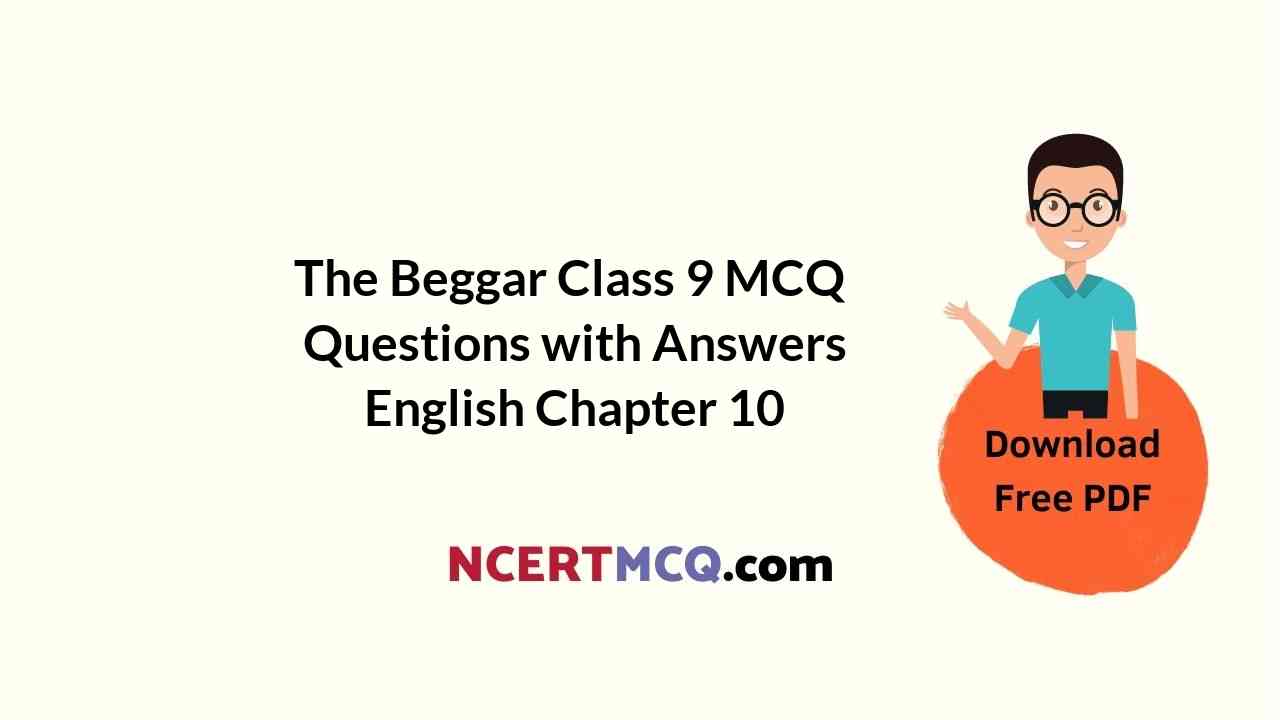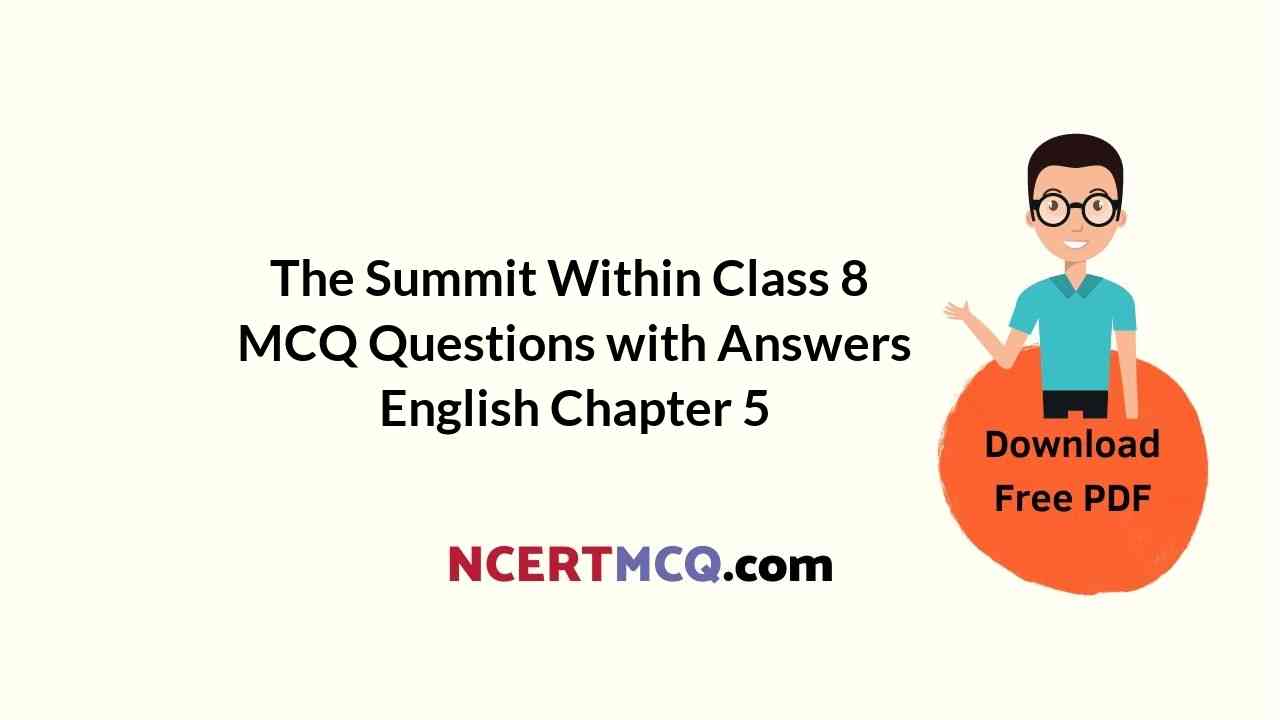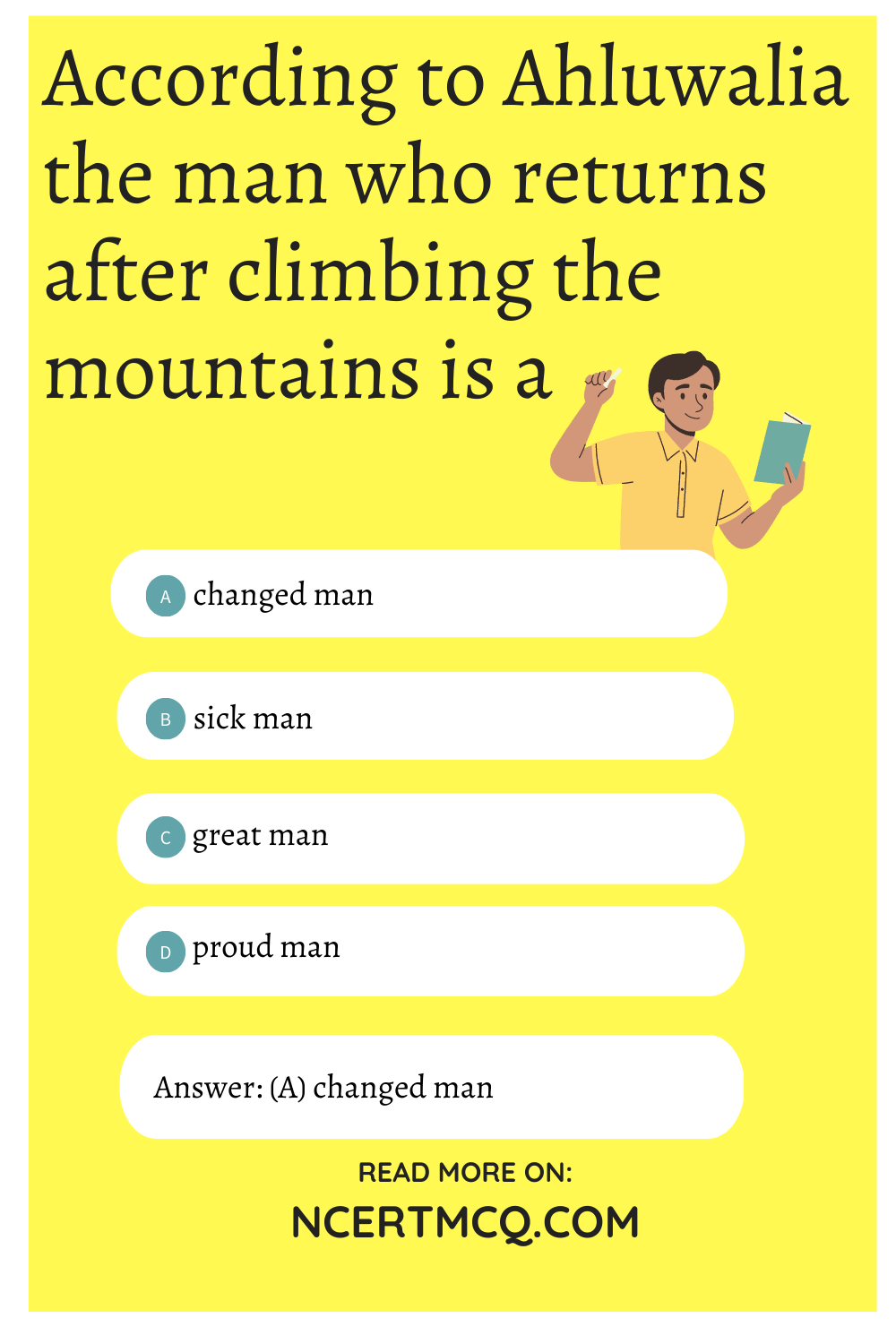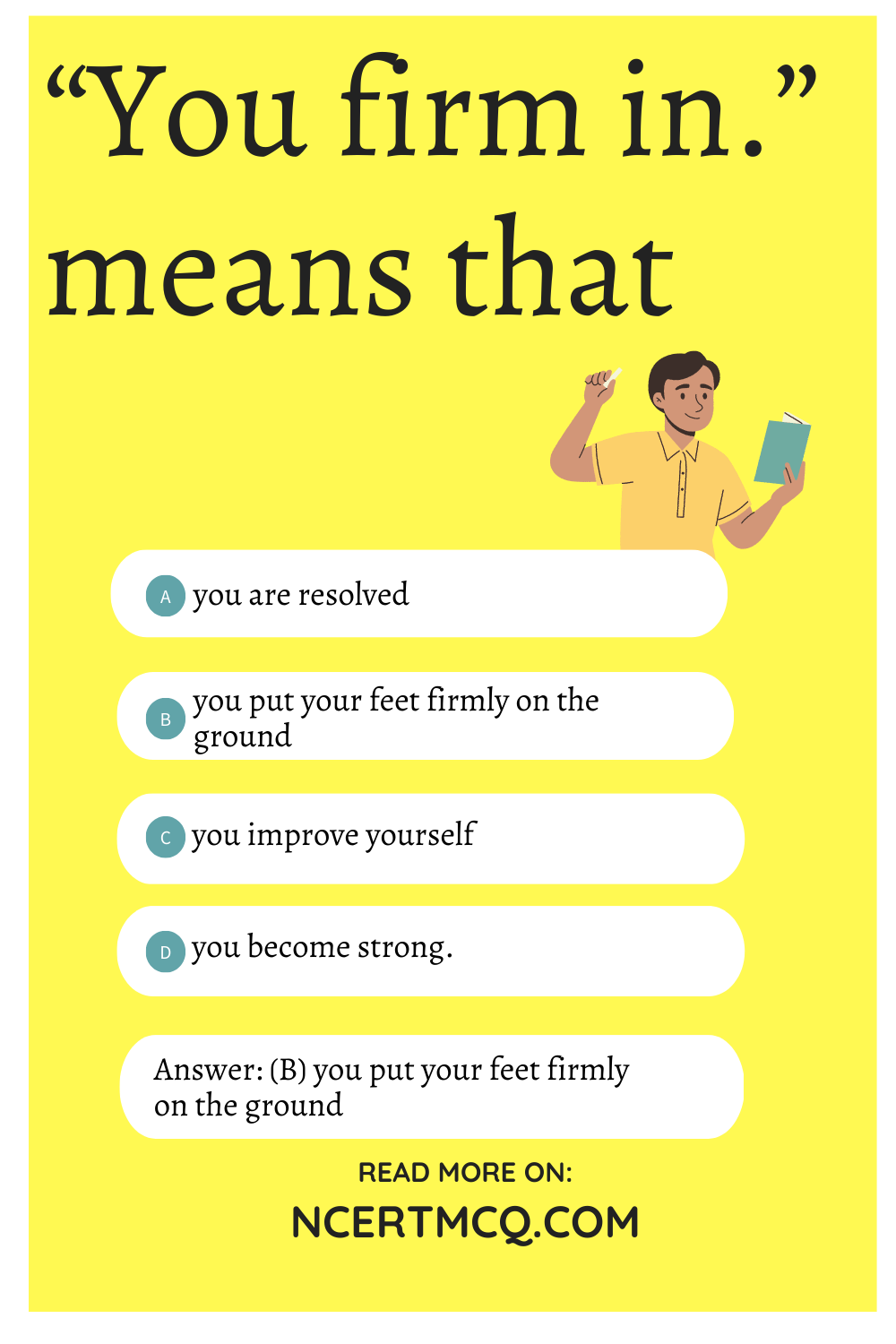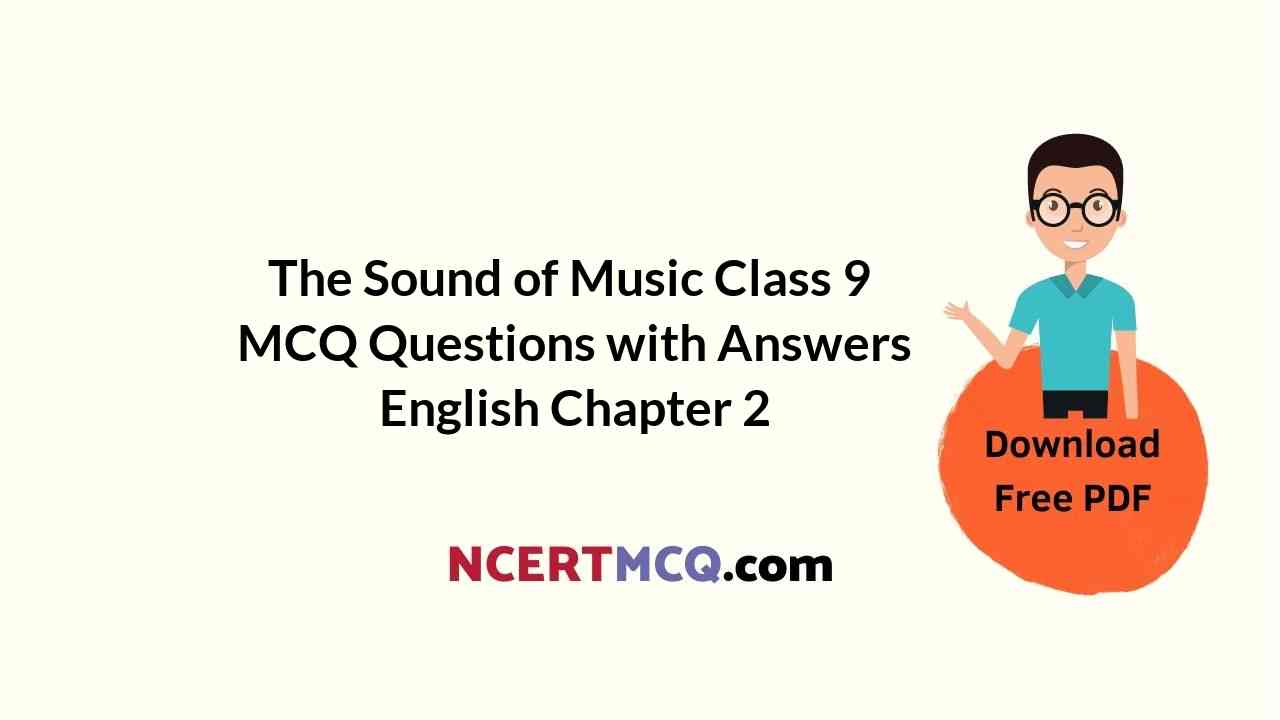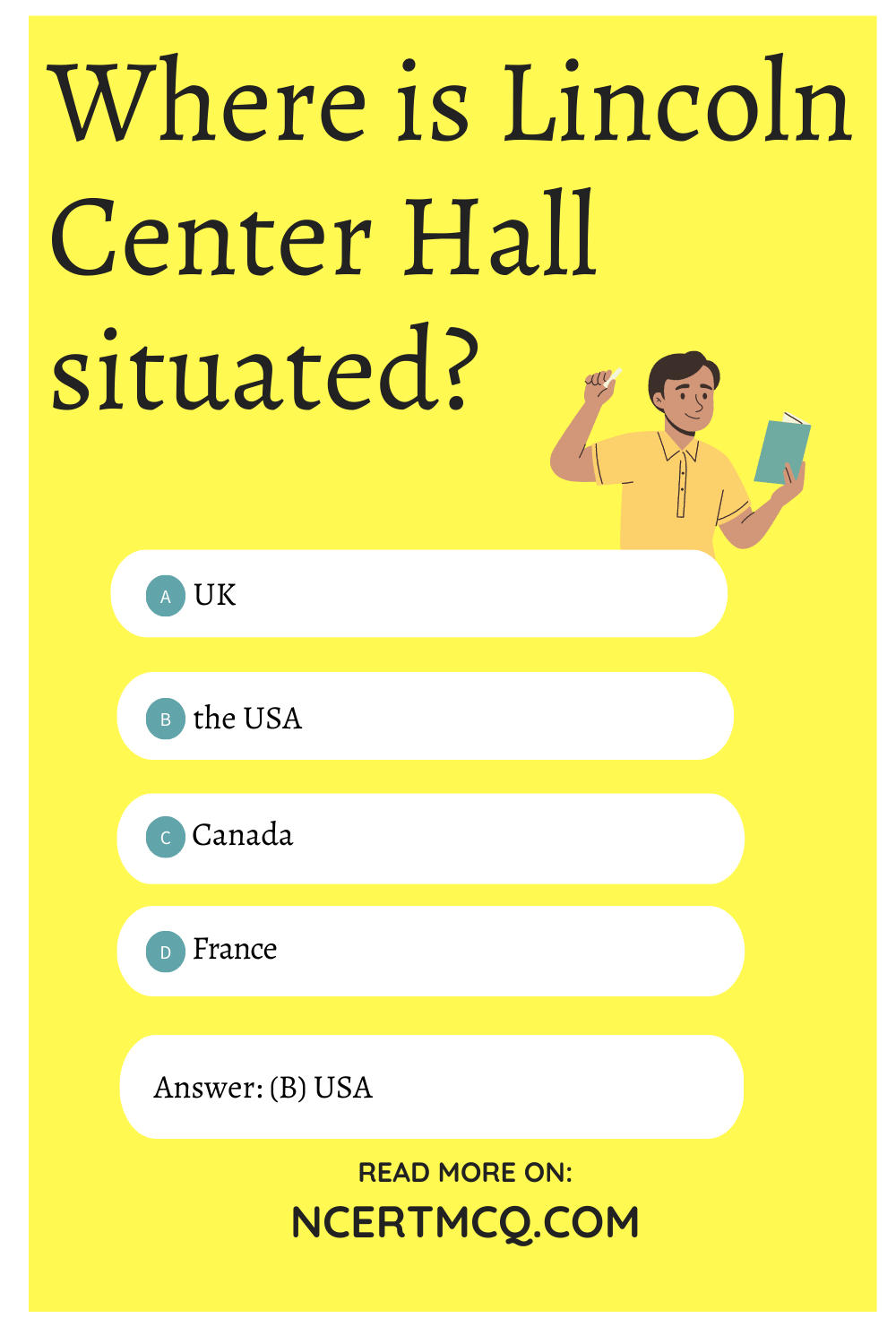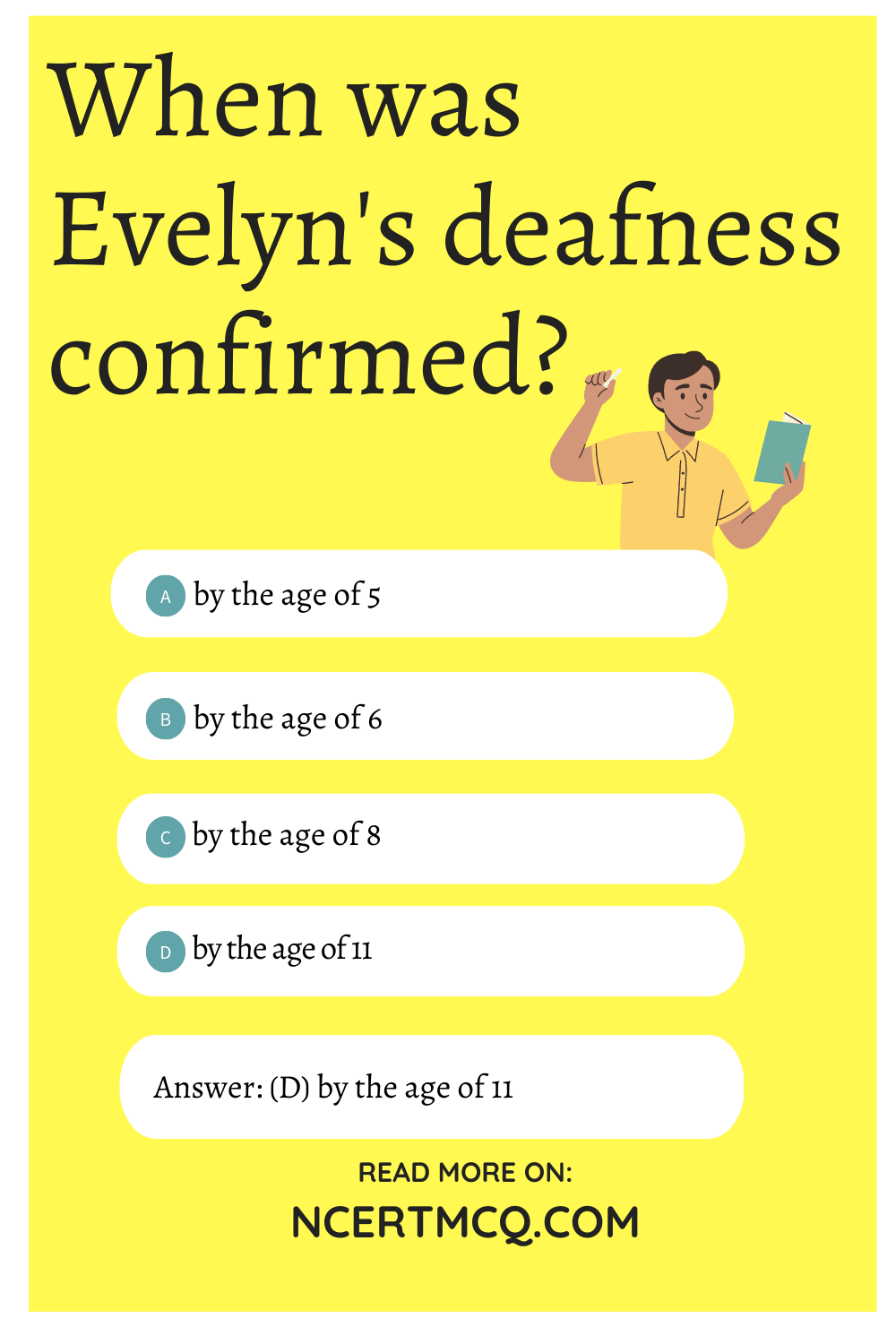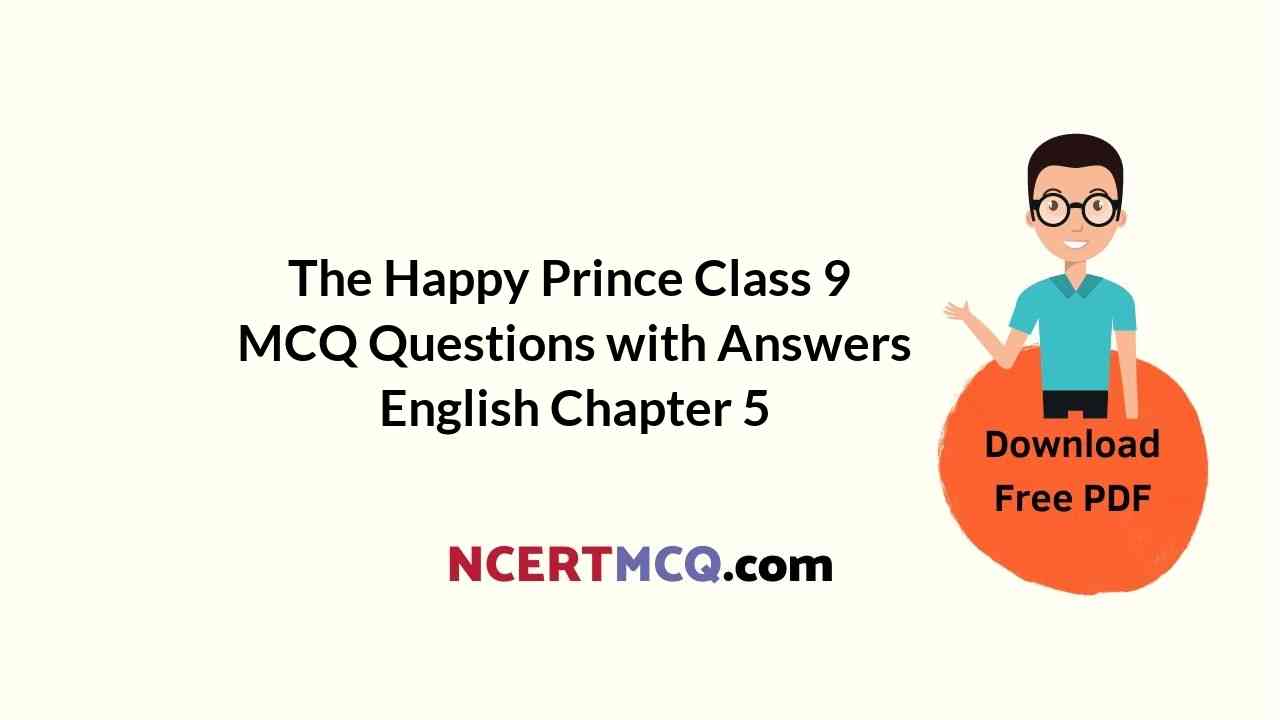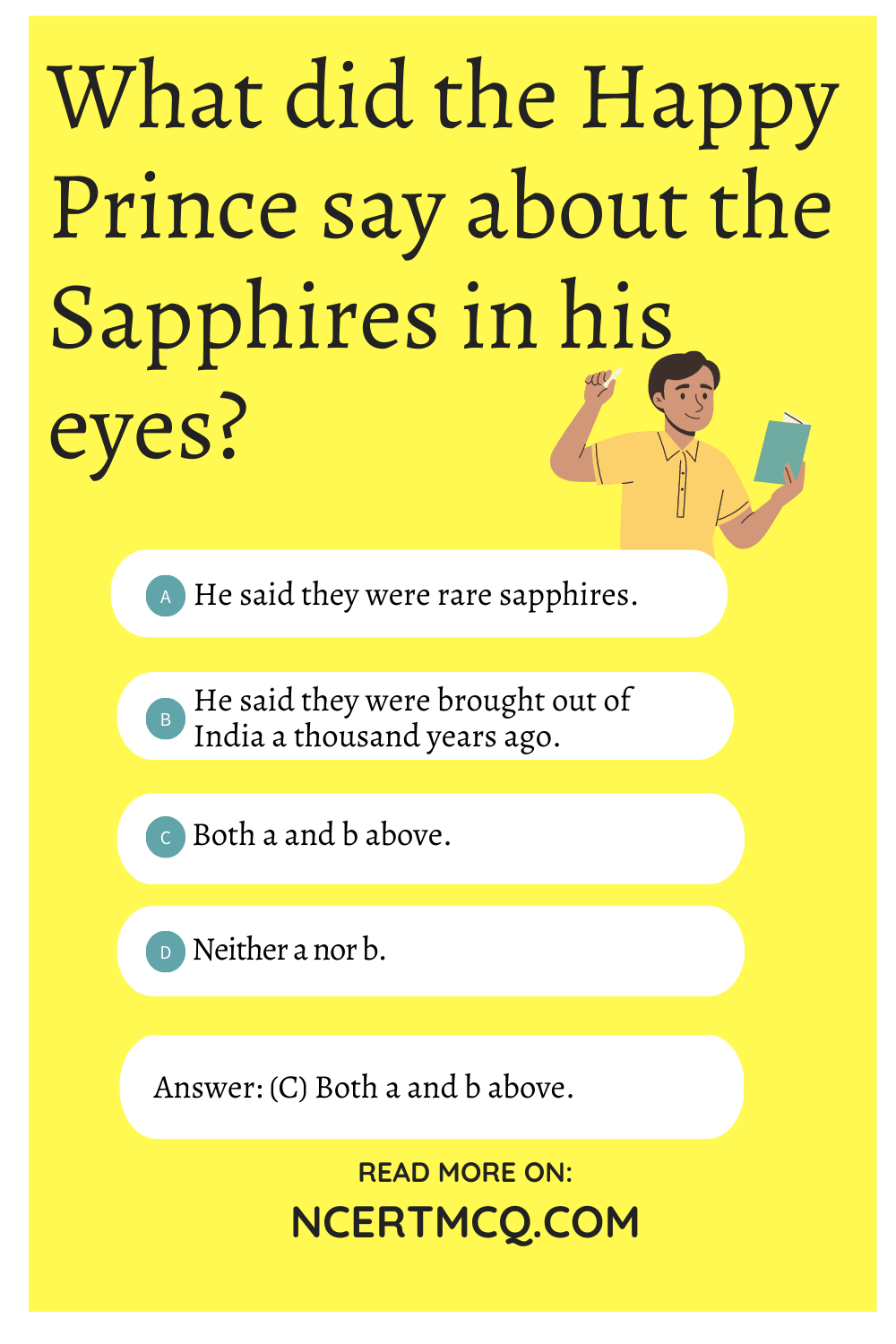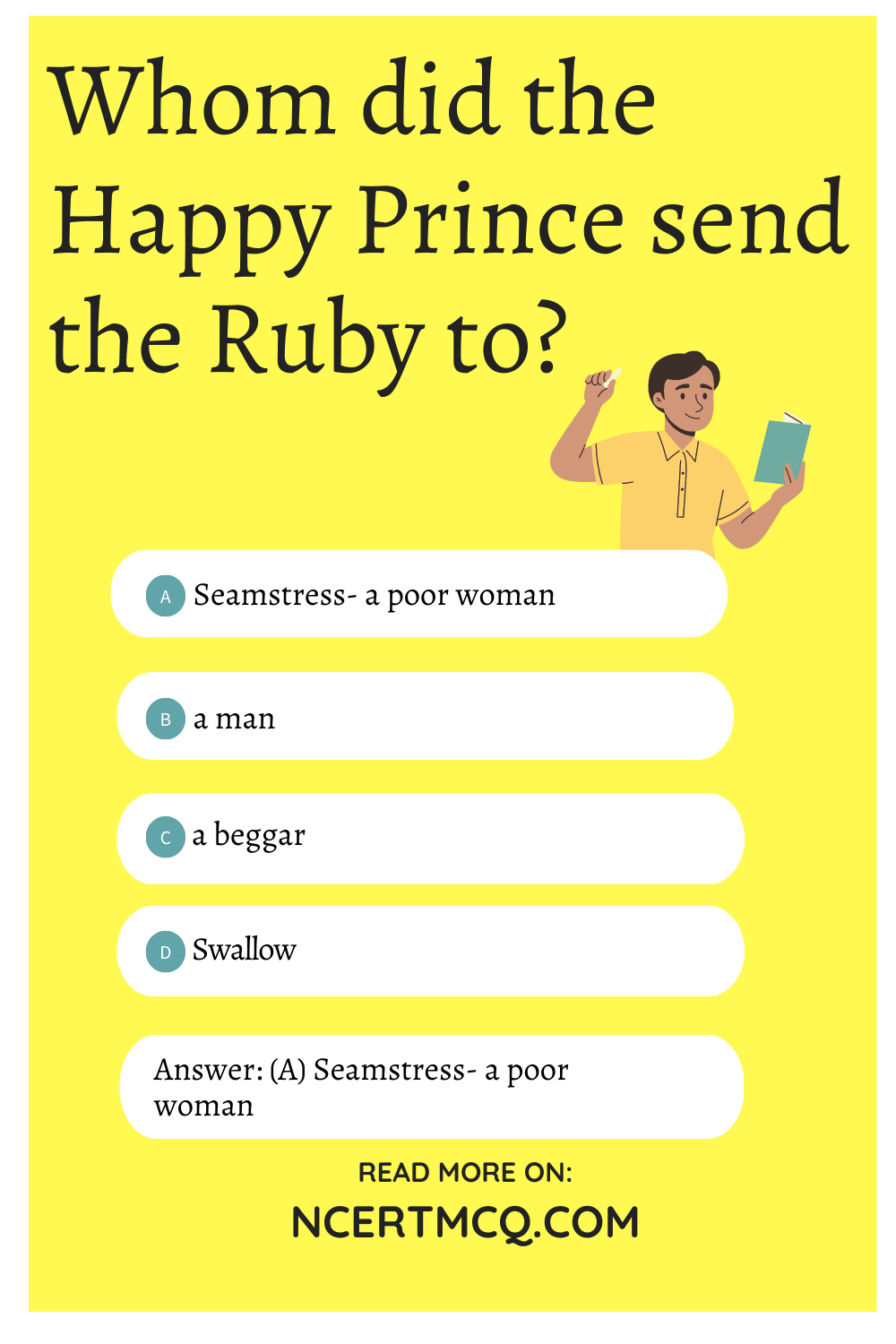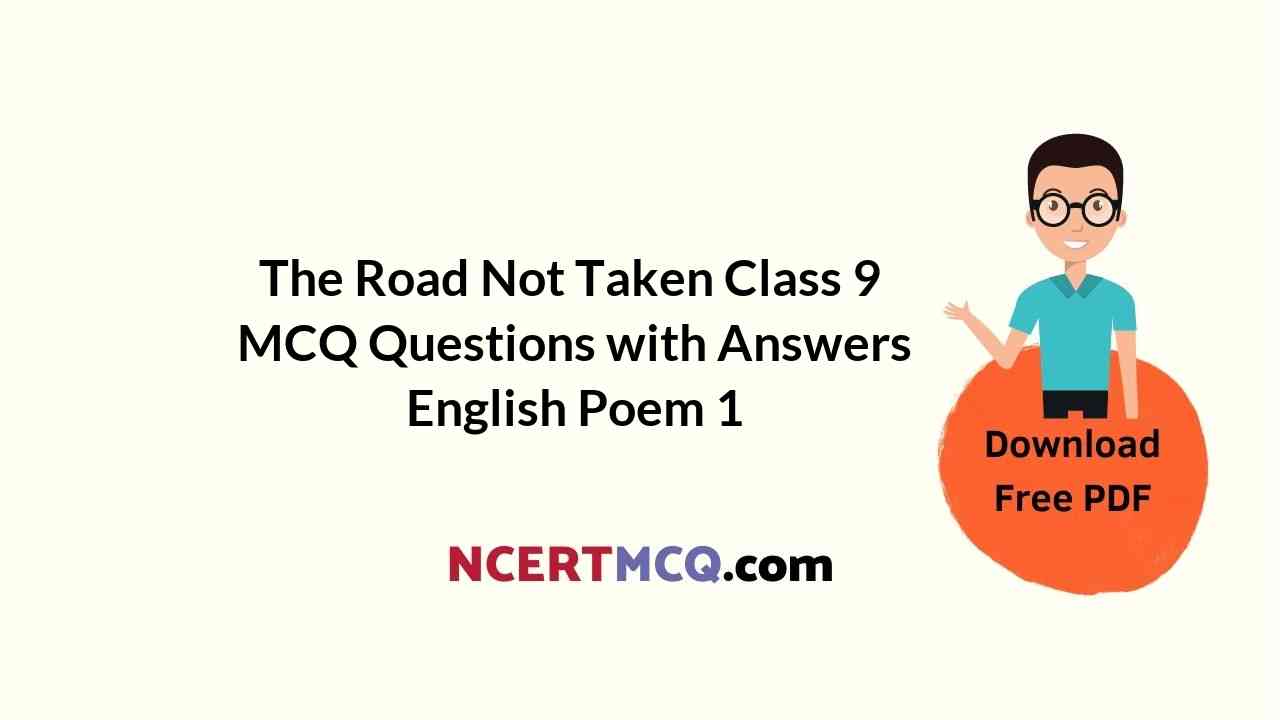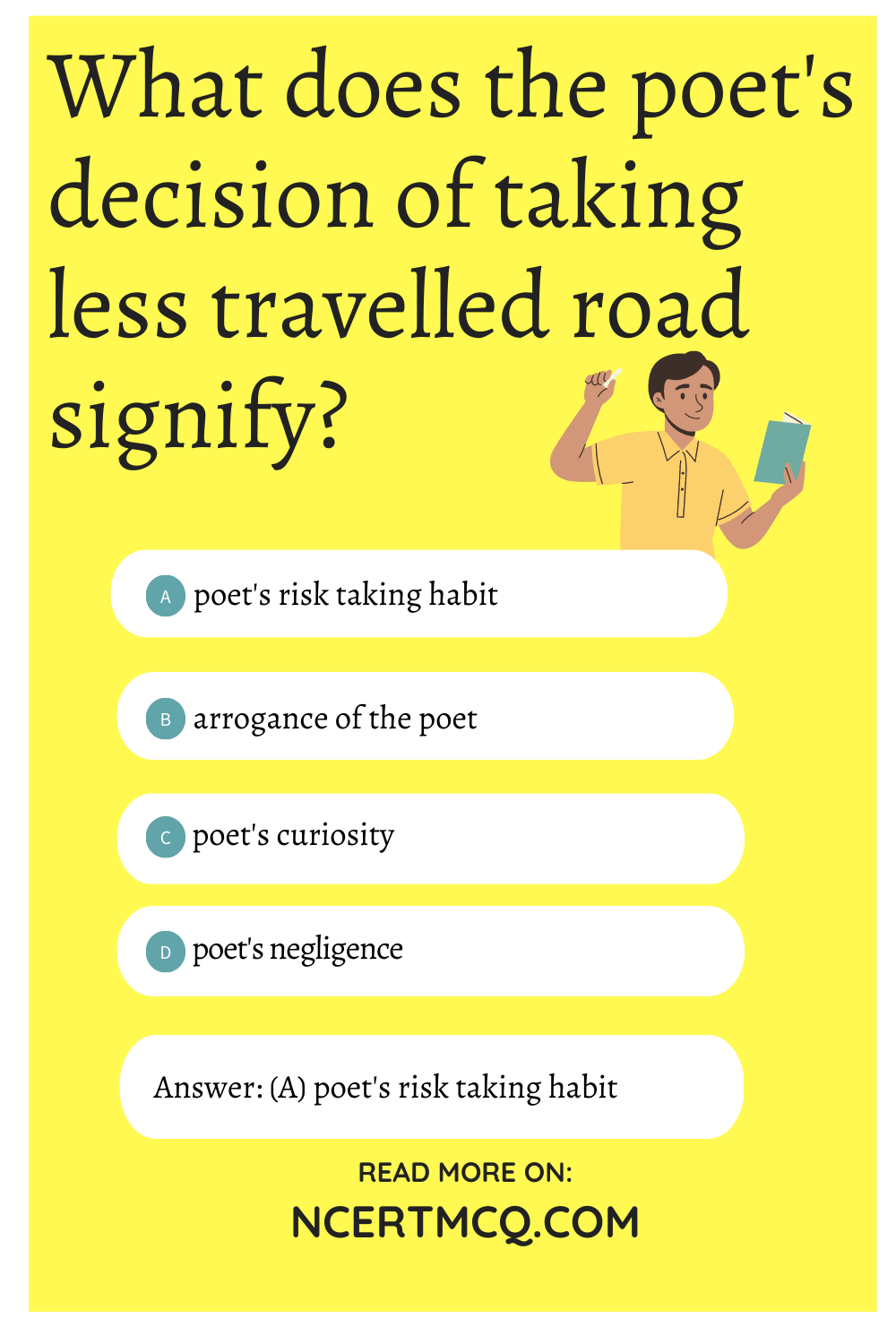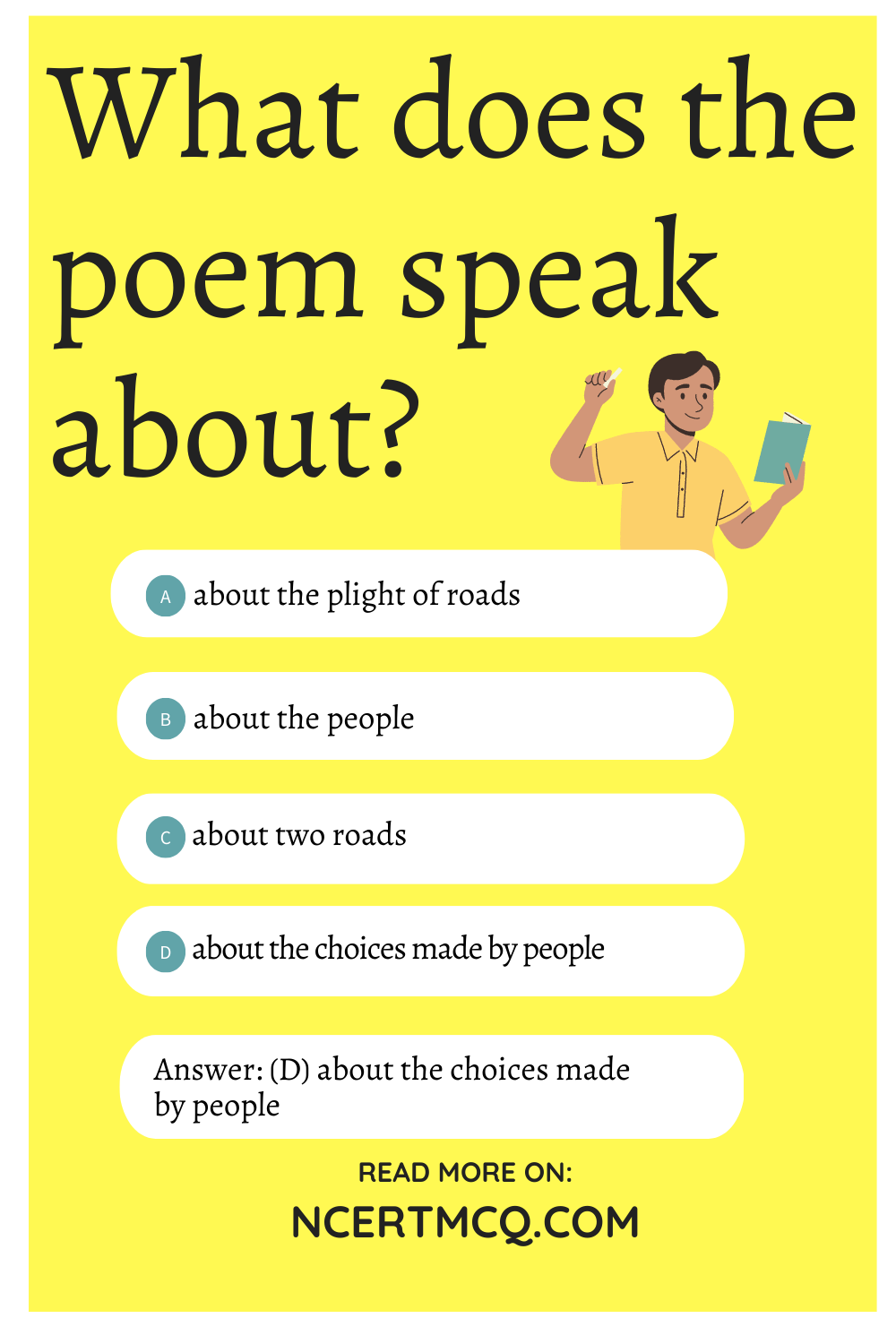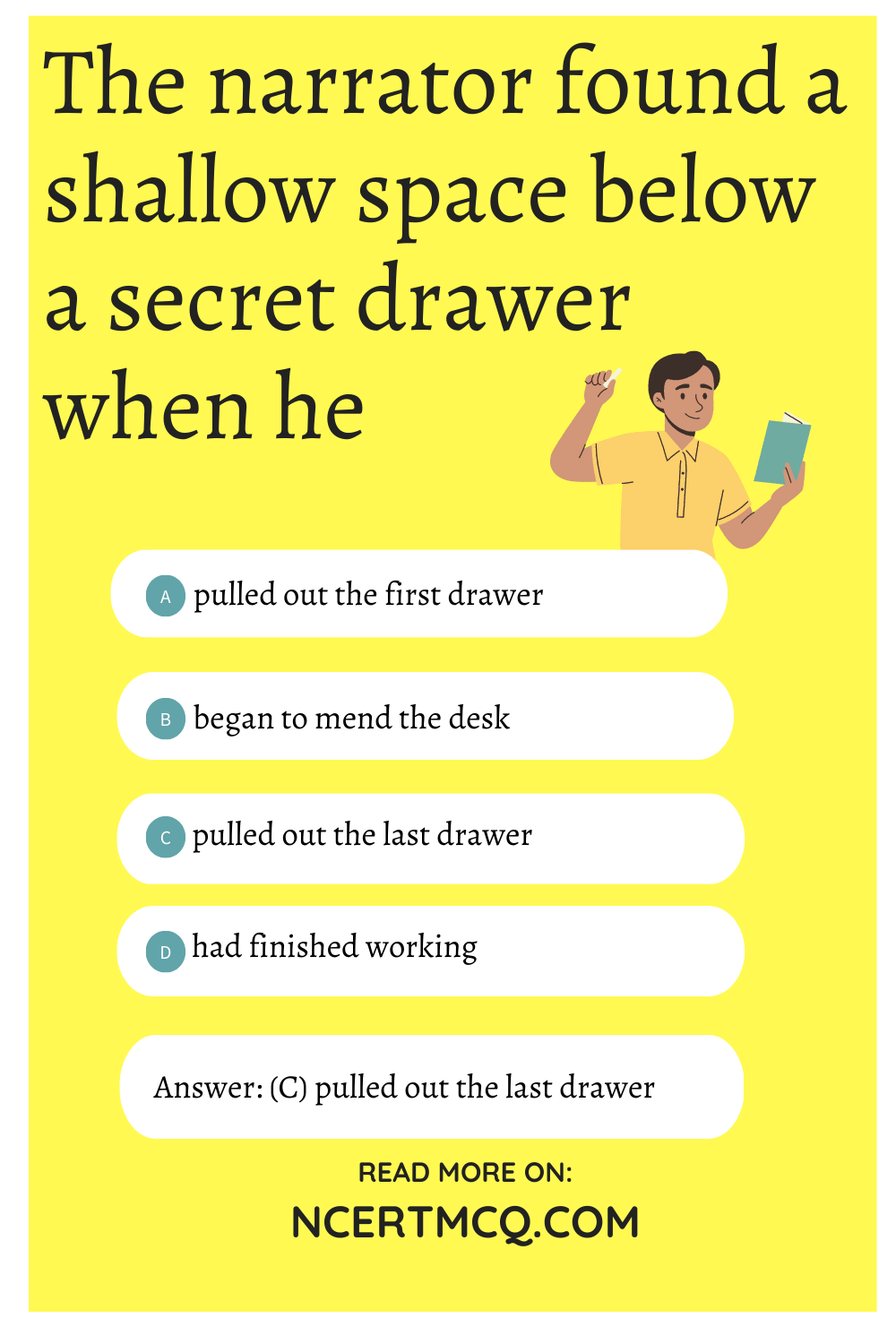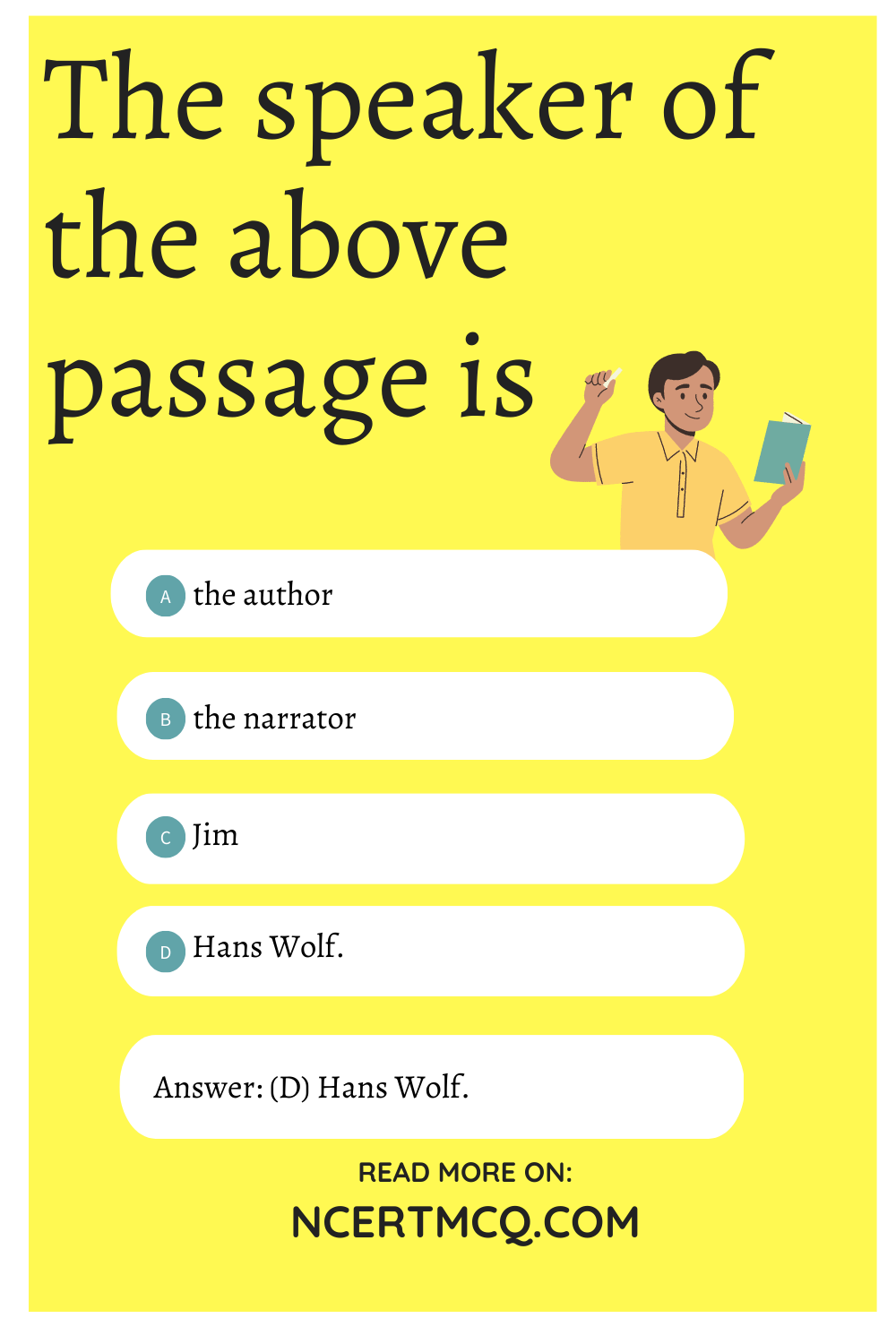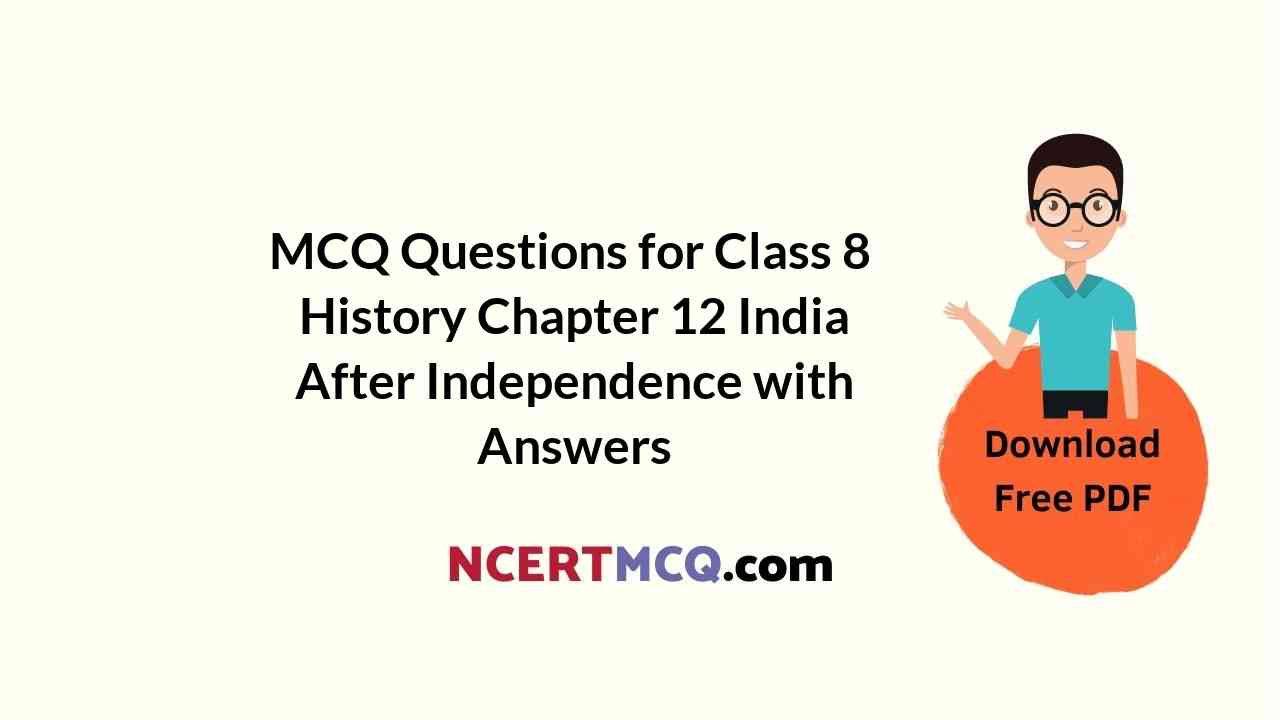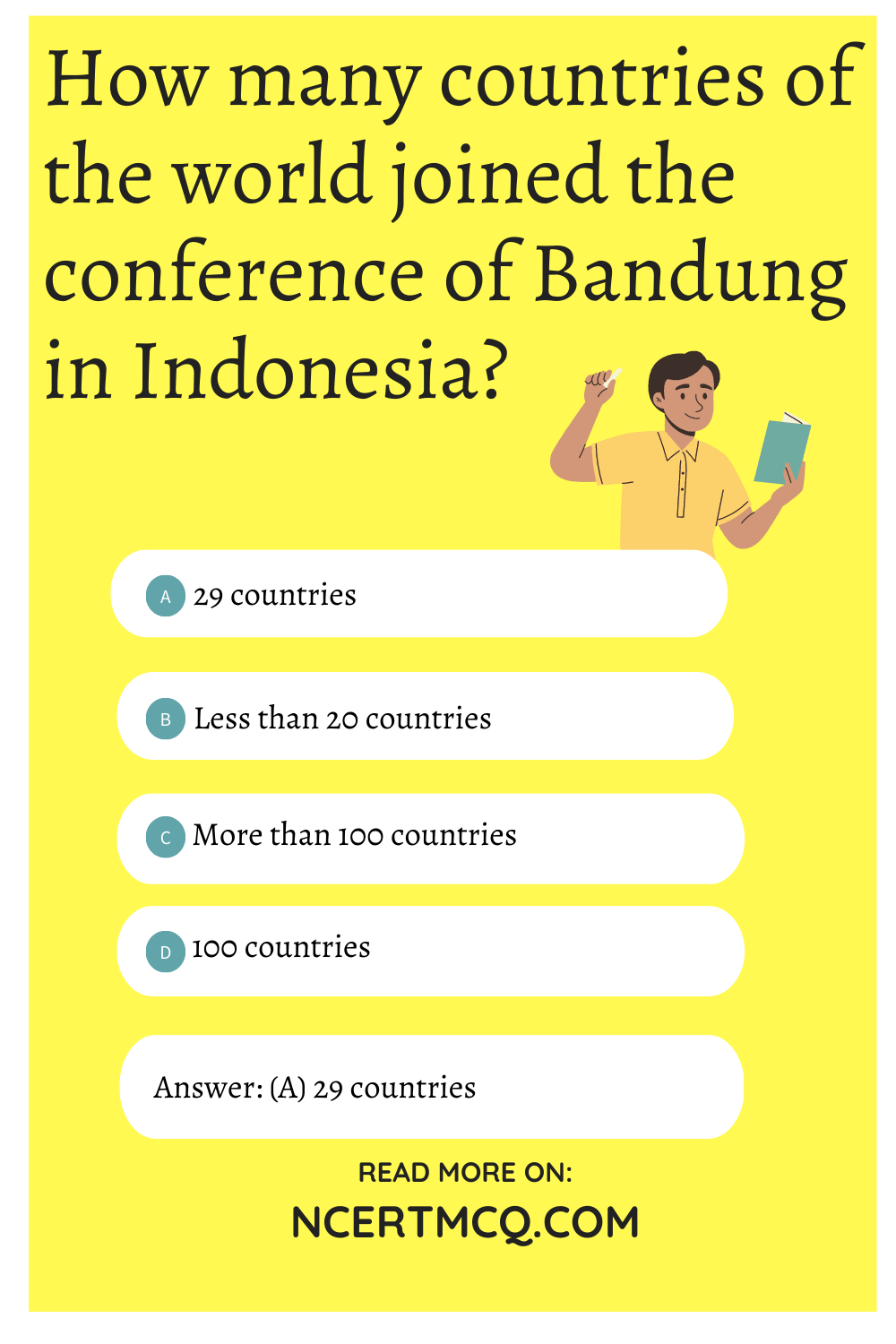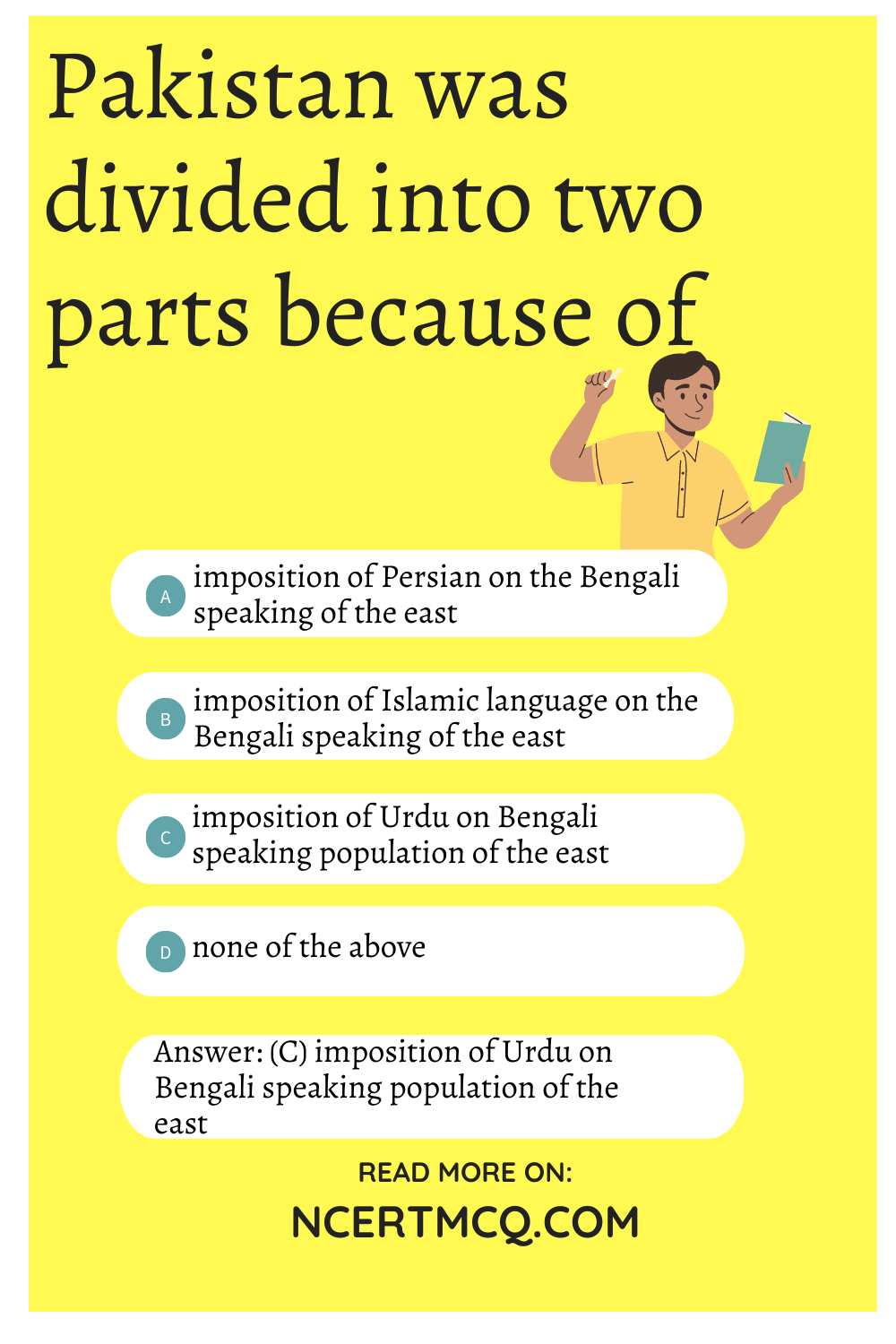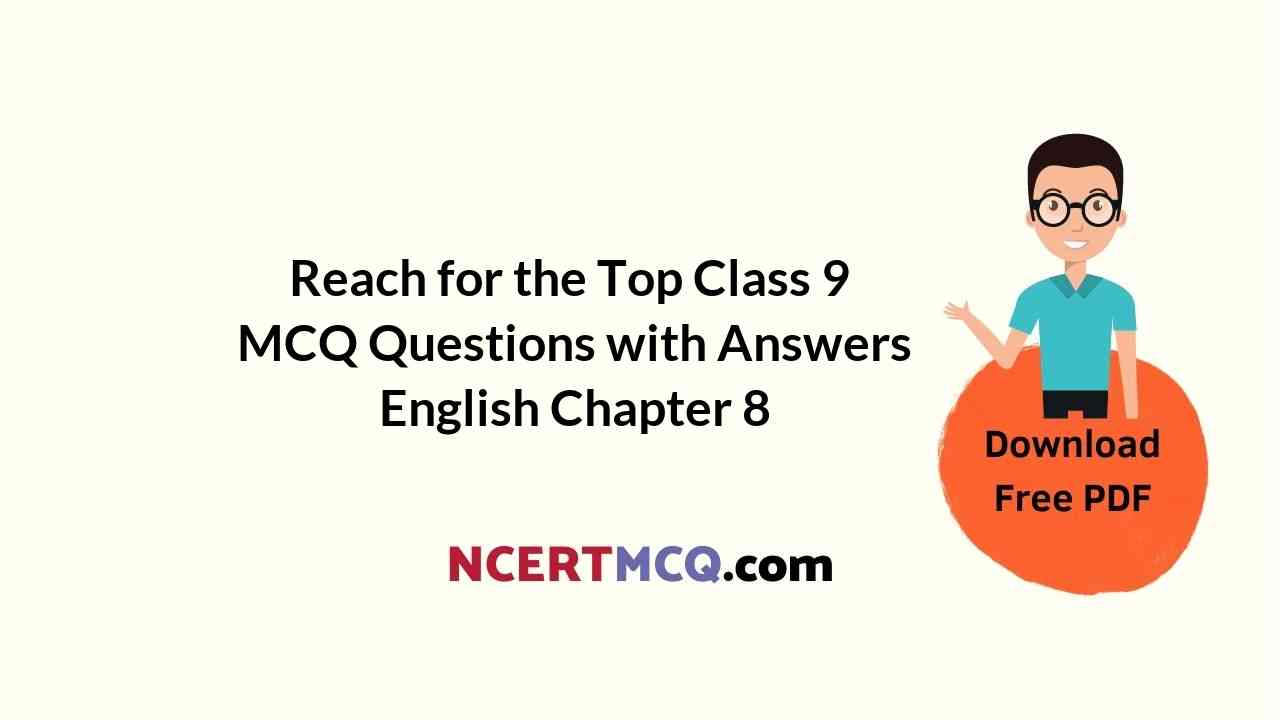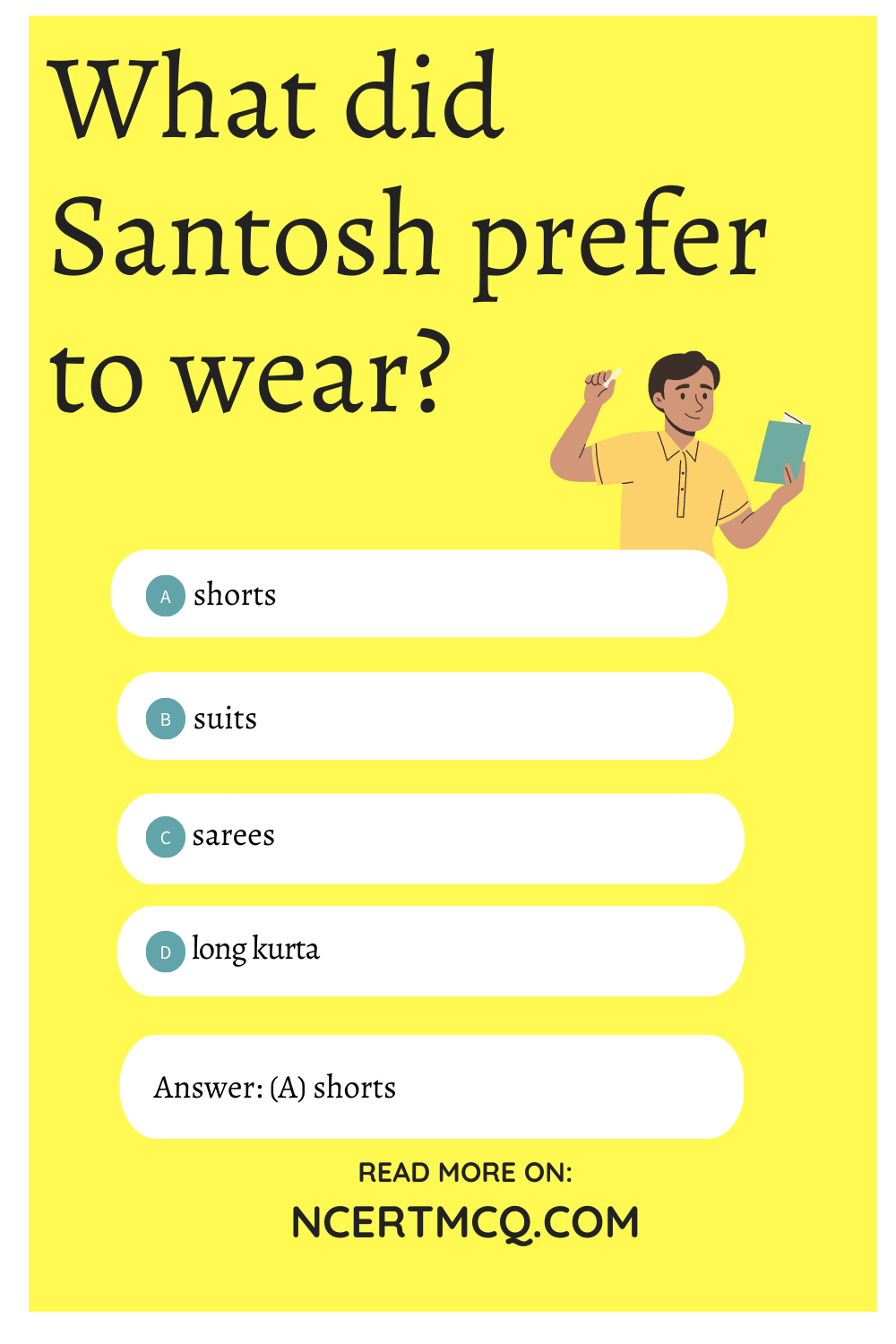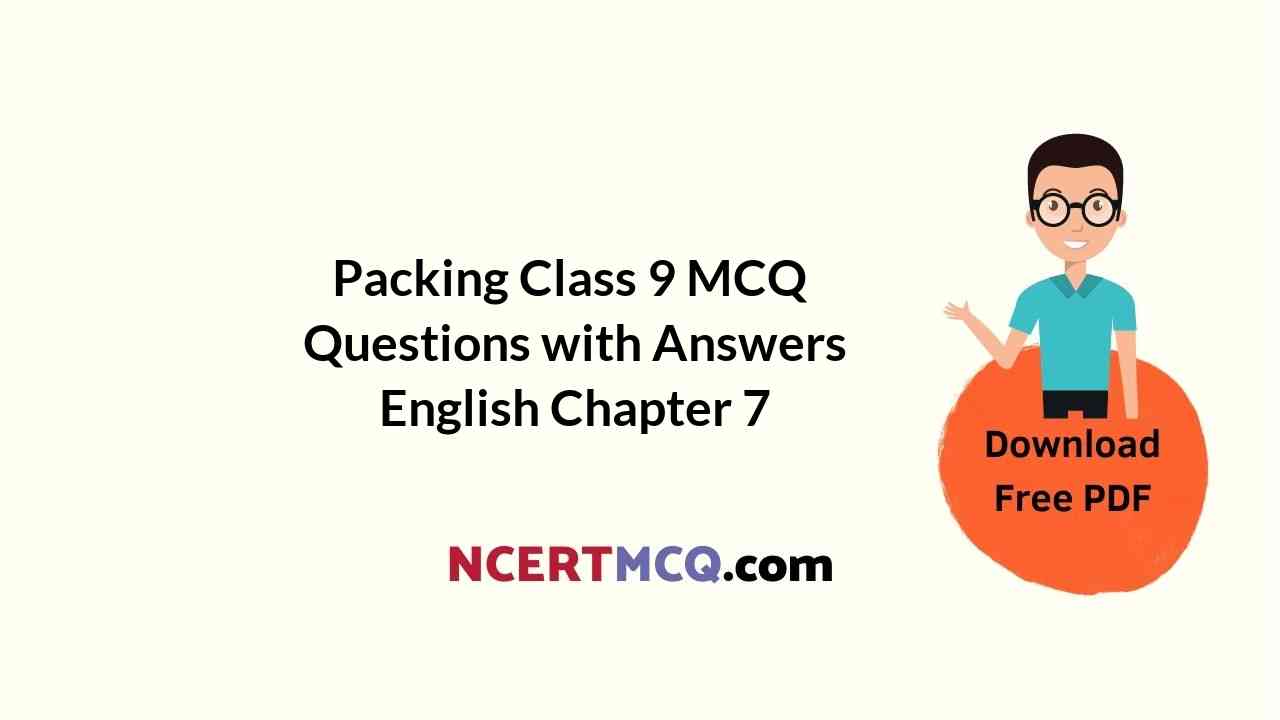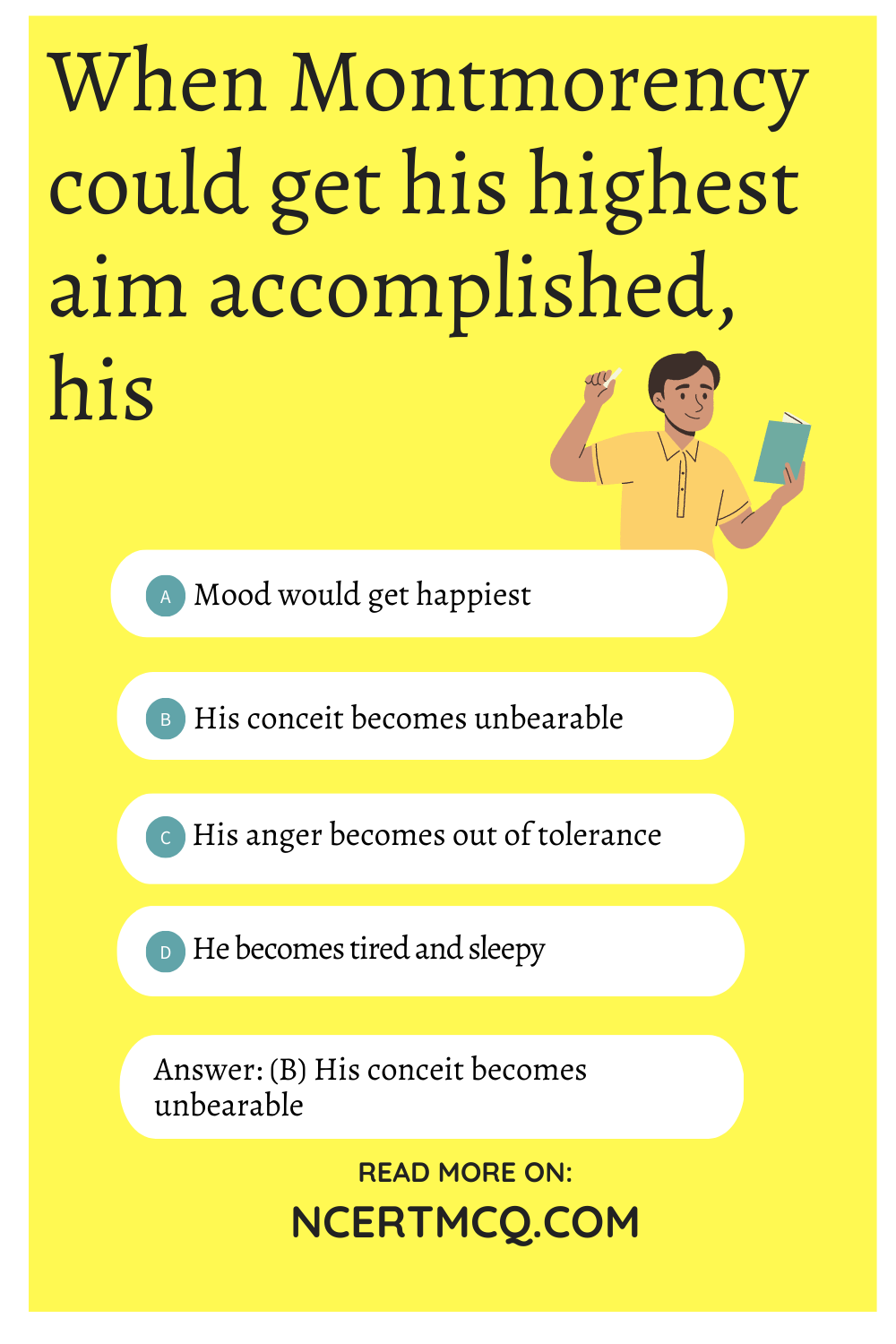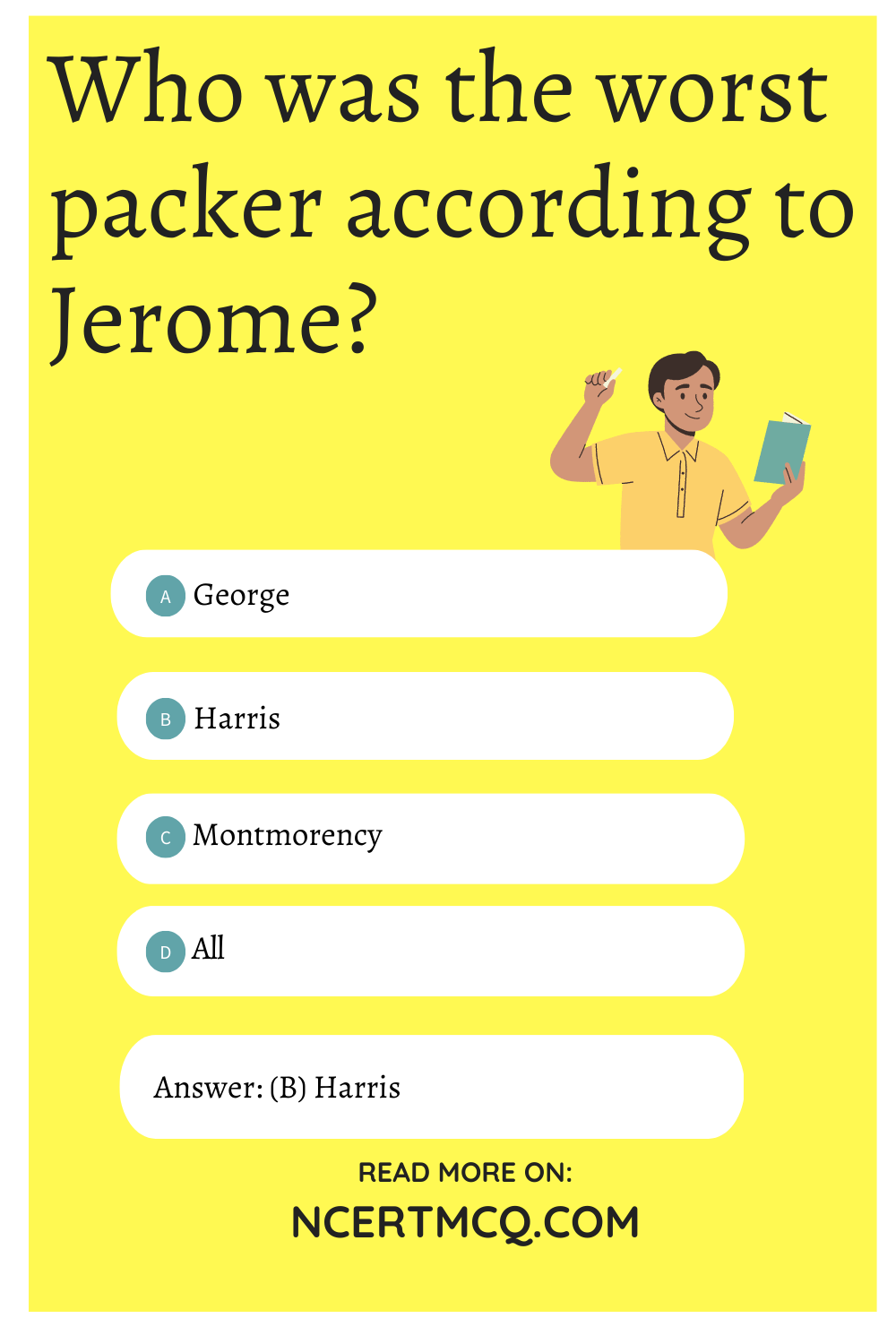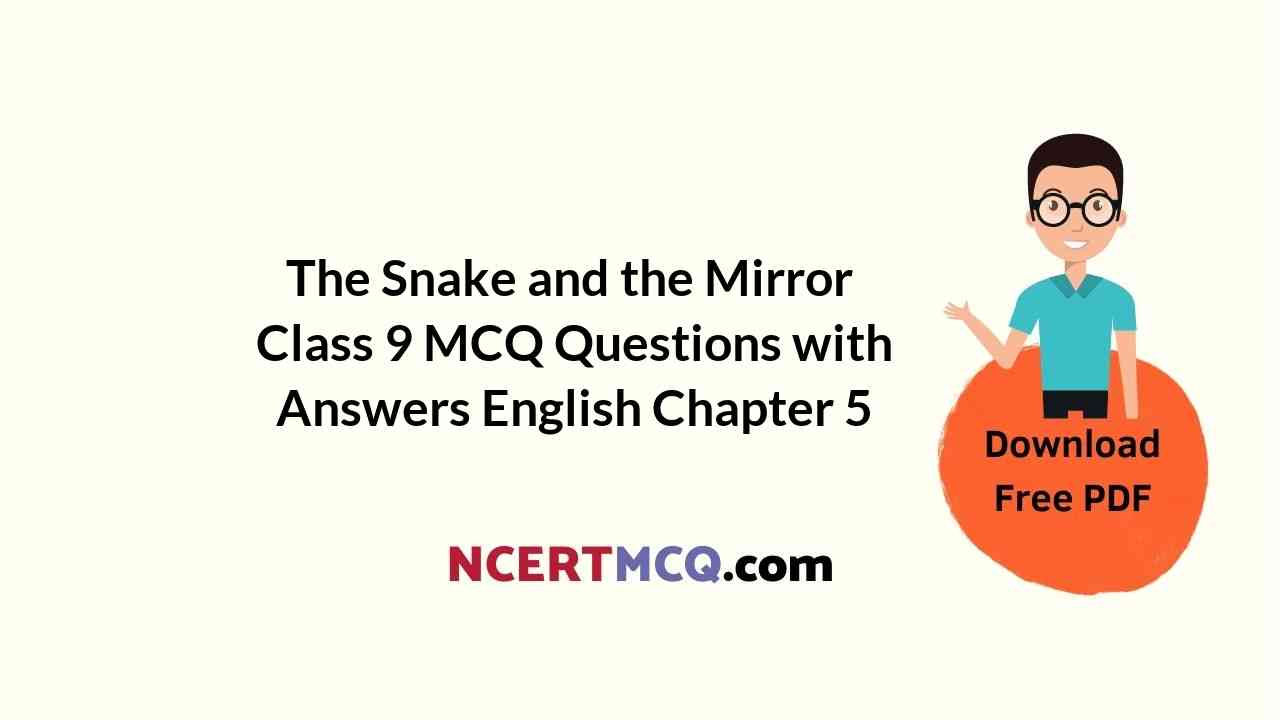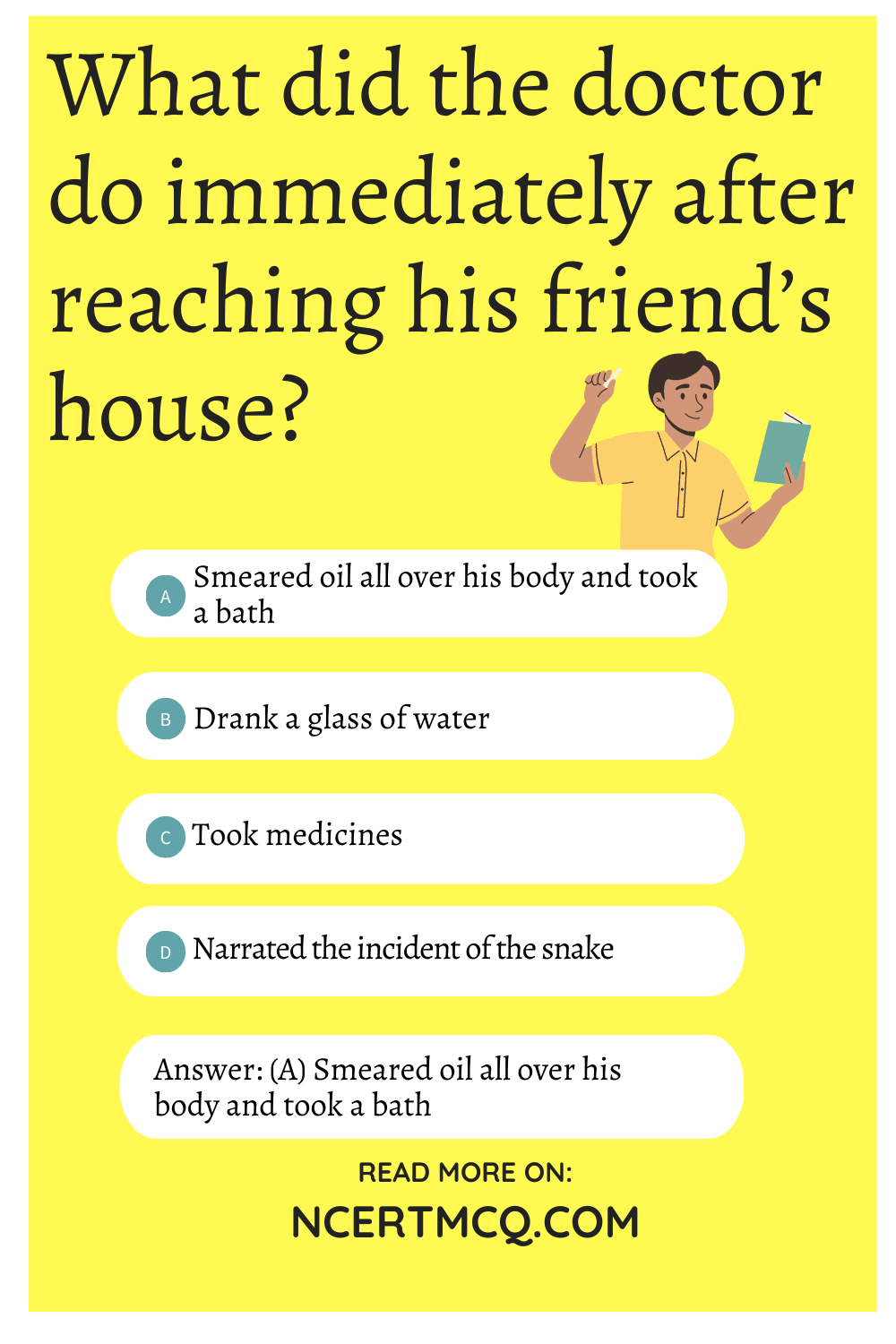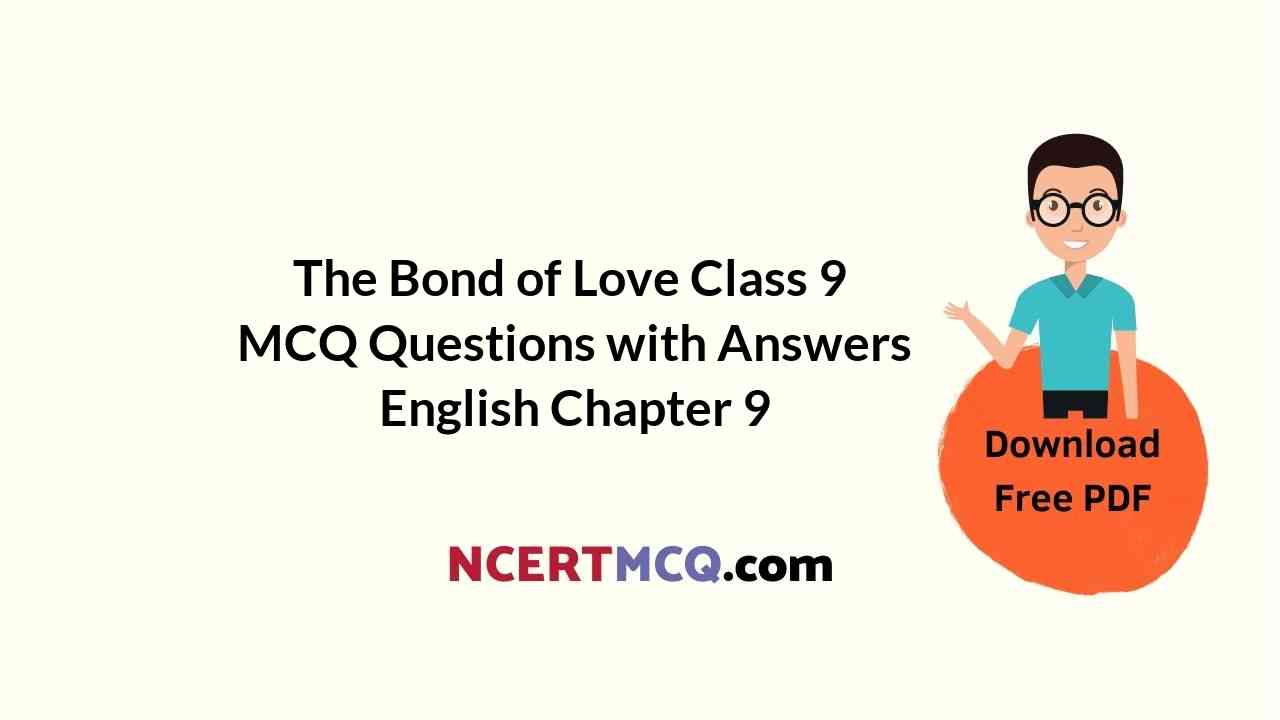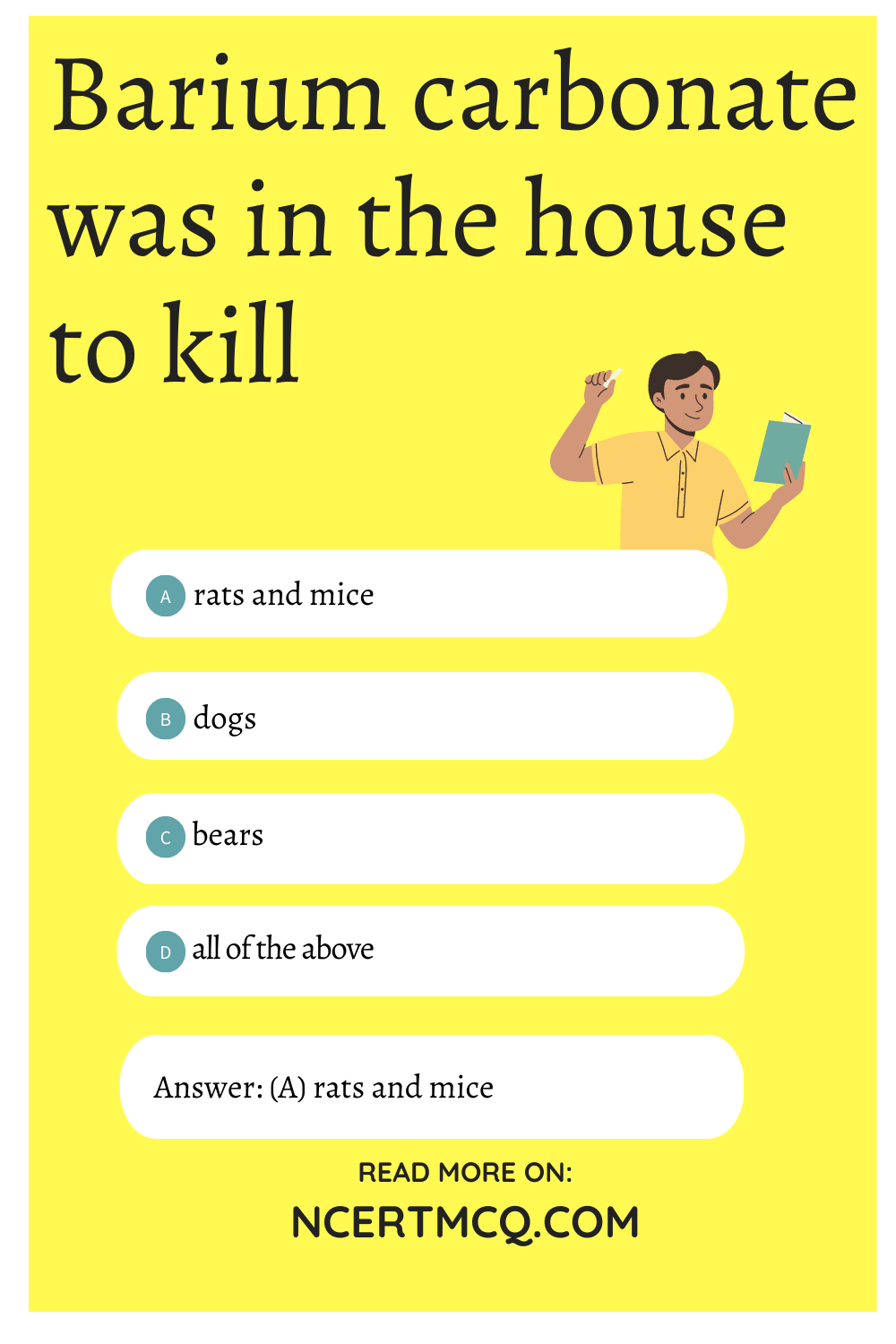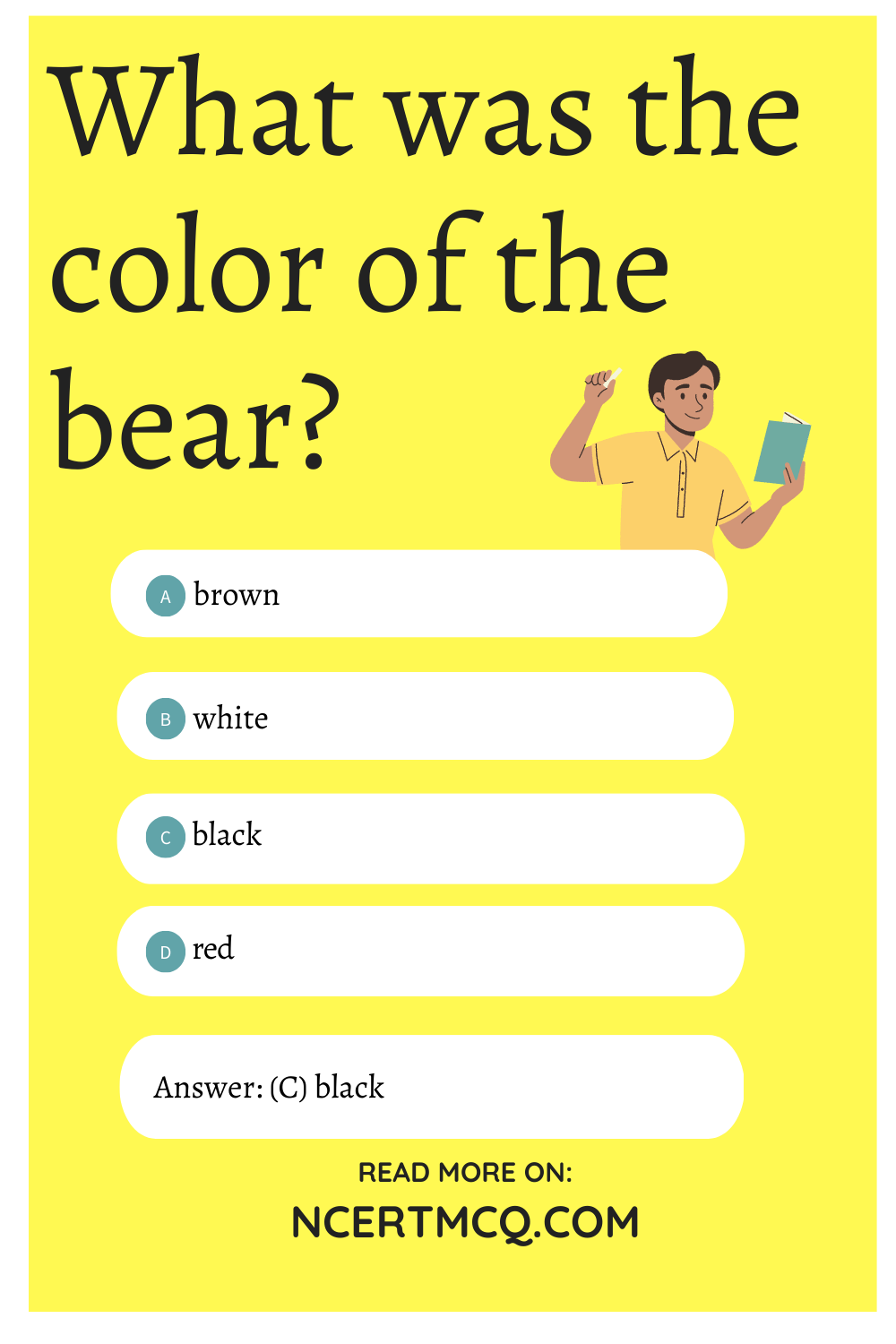Check the below Online Education NCERT MCQ Questions for Class 9 English Moments Chapter 10 The Beggar with Answers Pdf free download. MCQ Questions for Class 9 English with Answers were prepared based on the latest exam pattern. We have provided The Beggar Class 9 English MCQs Questions with Answers to help students understand the concept very well. https://ncertmcq.com/mcq-questions-for-class-9-english-with-answers/
MCQ Questions for Class 9 English Moments Chapter 10 The Beggar with Answers
The Beggar Class 9 MCQ Chapter 10 Question 1.
Who is the author of the lesson `The Beggar’?
(a) Bill Bryson
(b) Anton Chekhov
(c) Zan Gaudiose
(d) 0 Henry
Answer
Answer: (b) Anton Chekhov
The Beggar MCQ Class 9 Chapter 10 Question 2.
Who used to chop wood for Lushkoff ?
(a) Sergei
(b) Olga
(c) both (a) and (b)
(d) none of the above
Answer
Answer: (b) Olga
MCQ Of The Beggar Class 9 Chapter 10 Question 3.
How much did Lushkoff earn per month working as a notary?
(b) twenty roubles
(d) twenty-five roubles
(c) thirty roubles
(d) thirty-five roubles
Answer
Answer: (d) thirty-five roubles
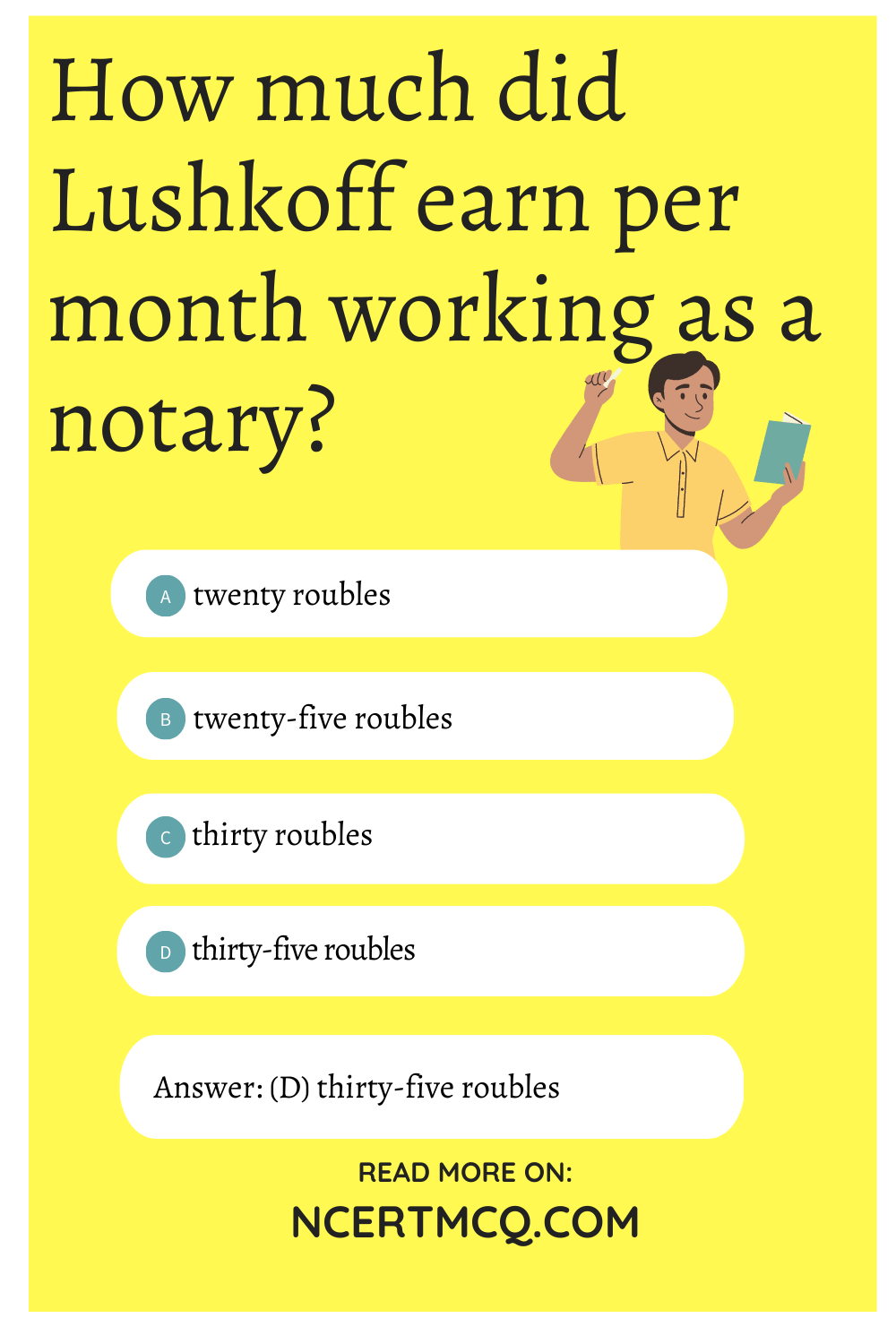
The Beggar MCQs Class 9 Chapter 10 Question 4.
Who moved into another house?
(a) Lushkoff
(b) Olga
(c) Sergei
(d) none of the above
Answer
Answer: (c) Sergei
The Beggar MCQ Questions Class 9 Chapter 10 Question 5.
What did Sergei give Lushkoff for chopping wood?
(a) a pound
(b) a dollar
(c) a frank
(d) a rouble
Answer
Answer: (d) a rouble
Question 6.
Who was Olga?
(a) a beggar
(b) Sergei’s cook
(c) an advocate
(d) a wood chopper
Answer
Answer: (b) Sergei’s cook
Question 7.
What was Lushkoff in his earlier life?
(a) a village school teacher
(b) a student
(c) a Russian choir singer
(d) none of the above
Answer
Answer: (c) a Russian choir singer
Question 8.
What was the name of the beggar?
(a) Olga
(b) Lushkoff
(c) Sergei
(d) none of the above
Answer
Answer: (b) Lushkoff
Question 9.
Where did Sergei meet Lushkoff after two years?
(a) in his house
(b) in his maid’s house
(c) outside a theatre
(d) none
Answer
Answer: (c) outside a theatre
Question 10.
What was Lushkoff doing before begging?
(a) dancing
(b) singing
(c) teaching
(d) none
Answer
Answer: (b) singing
Question 11.
Why did Lushkoff agree to work for Sergai?
(a) Sergei trapped him
(b) because he was feeling ashamed
(c) because of his own pride
(d) all
Answer
Answer: (d) all
Question 12.
How did Olga help the beggar?
(a) by giving him food
(b) giving him medicine
(c) by chopping wood for him
(d) none
Answer
Answer: (c) by chopping wood for him
Question 13.
Why was Lushkoff removed from the choir?
(a) due to his weakness
(b) due to his drunkenness
(c) weak body
(d) poor health
Answer
Answer: (b) due to his drunkenness
Question 14.
How much did money Sergei pay to the beggar for cutting wood?
(a) half a rouble
(b) 40 Copecks
(c) 35 Copecks
(d) 25 Copecks
Answer
Answer: (a) half a rouble
Question 15.
What did Sergei give to the beggar?
(a) food
(b) milk
(c) work to chop the wood
(d) none
Answer
Answer: (c) work to chop the wood
Question 16.
Who was Sergei?
(a) an advocate
(b) a teacher
(c) a lecturer
(d) none
Answer
Answer: (a) an advocate
Question 17.
What is the theme of the lesson?
(a) be kind
(b) don’t be kind
(c) kindness can transform anyone for the better
(d) all
Answer
Answer: (c) kindness can transform anyone for the better
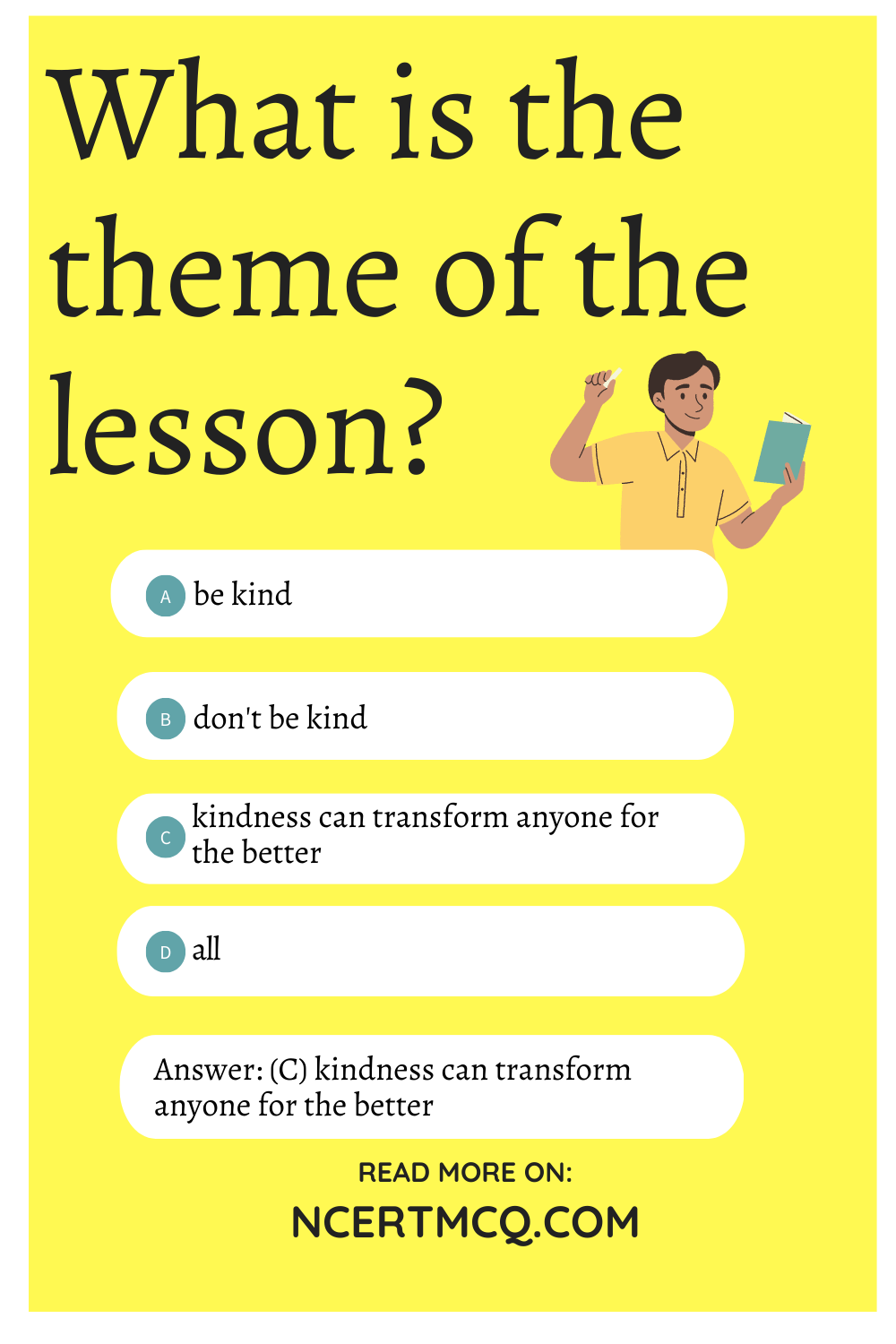
Question 18.
How was the beggar earning money?
(a) by telling false stories
(b) by telling lies
(c) by rousing sympathy in the listeners
(d) all
Answer
Answer: (d) all
We hope the given NCERT MCQ Questions for Class 9 English Moments Chapter 10 The Beggar with Answers Pdf free download will help you. If you have any queries regarding CBSE Class 9 English The Beggar MCQs Multiple Choice Questions with Answers, drop a comment below and we will get back to you soon.
